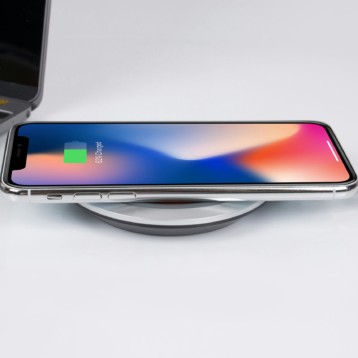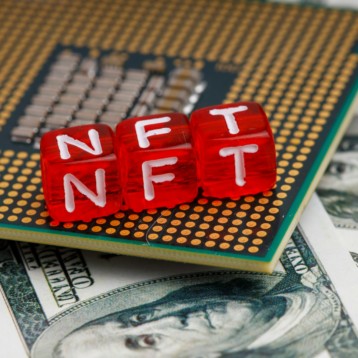|
The Smart Glass can also be used to control temperature levels for a range of environments. For example, in hot climates the transparency can be altered to allow enough light to enter and reduce glare while simultaneously prohibiting heat from increasing room temperature. SPD enables users to precisely control their preferred settings, allowing them to set their windows from a very dark level of not being able to see anything to a virtually clear window.
Joseph Harary, CEO of Research Frontiers, sees great potential for SPD-SmartGlass in several areas. “With regard to aesthetics, there are expanded opportunities for building designs that are elegant, sleek, and modern. In addition, having the ability to utilize, when desired, very dark window tinting can reduce air conditioning costs for tenants and building operators.”
The microscopic particles within the SPD absorb light, thus preventing it from passing through the film. When the electrical current is added to the film, the particles align themselves to allow light through the glass. The switchable system consists of a non-toxic film between two panes of glass – the higher the current, the more arranged the particles are, and consequently more light is allowed through the glass or plastic.
When the current is switched off, the particles are scattered, inhibiting any light to penetrate. SPD films, which operate off an AC voltage or battery power, consume a very minute power of 0.05 watts/square feet maximum. Users can instantly and precisely control the transparency of the window by manually adjusting a dial connected to a rheostat or automatically setting the opaqueness by programming a photocell.
|
Smart Glass is easily cleaned and can be operated using controllers ranging from manual switches to automated methods. This technology can reduce the amount of energy used for artificial interior lighting because of its flexibility regarding changing lighting needs. This is done through the application of daylight harvesting strategies that use Smart Glass to introduce more natural light into the interior of buildings and thus reduce the energy used for artificial lighting.
TFOT has previously written about titanium-based metallic glass created at Caltech that is light and tough enough to be used in aerospace applications. You can also check out our article on a number of innovations in the field of material engineering, such as a plastic and metal composite conductive material recently developed by researchers at the Fraunhofer Institute for Manufacturing Technology and Applied Materials Research in Bremen, Germany. TFOT has also covered nickel-manganese-gallium alloy foam, which changes shape when exposed to a magnetic field.
Additional information on Smart Glass can be obtained at Research Frontiers’ website.












